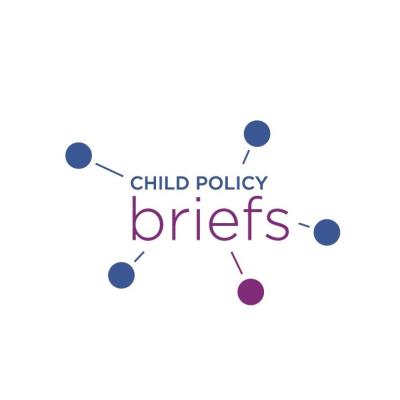Ethics and Responsible Conduct
Description
A summary of the scientific literature on ethics and responsible conduct in research with children.

Components
Image

How This Impacts Children's Development
Description
In 2013, for the first time in twenty years, the United States (U.S.) Department of Health and Human Services (HHS) considered changes to the policy for the “Protection of Human Subjects”, known as the “Common Rule”. Common Rule changes affect institutional review board evaluations of research involving children because the rule applies to research with all ages and additional protections for children are linked to its provisions.
READ THE BRIEF: Preserving and Enhancing Responsible Conduct of Research Involving Children, 2013
Talking Points from the SRCD Brief
|
Policy Considerations in the Brief
- Remove inconsistencies and overestimation of probable harms preventing children from participating in the benefits of research while also instituting age-appropriate protections of children’s rights as research participants.
- Clarify how children fit into research involving “minimal risk” and research that qualifies for the proposed category of “excused/registered” research.
- Address special security needs for different age groups in new data confidentiality requirements, considering evolving biomedical technologies and software. Ensure procedures protect privacy when new data are collected and linked with existing data sets from children and adolescents, especially regarding de-identified data in longitudinal studies.
- Acknowledge the need for flexible informed-consent procedures that consider children’s and adolescents’ developing consent capacities and provide age-appropriate guidance for waiver of guardian permission.
- Institutional Review Boards (IRBs) and investigators should draw on developmental science to inform students of steps that can be taken to enhance children’s and adolescents’ understanding of research procedures, their rights to refuse or withdraw from participation, and to appropriately minimize research risks and maximize research benefits for child participants.
READ THE BRIEF: Preserving and Enhancing Responsible Conduct of Research Involving Children, 2013